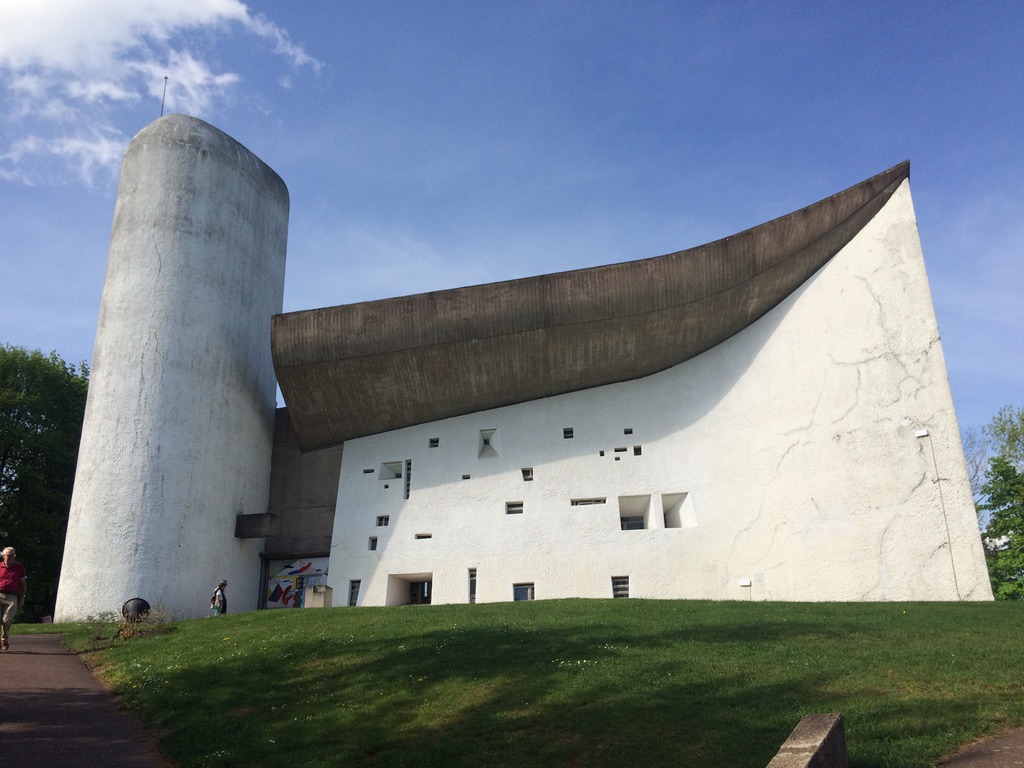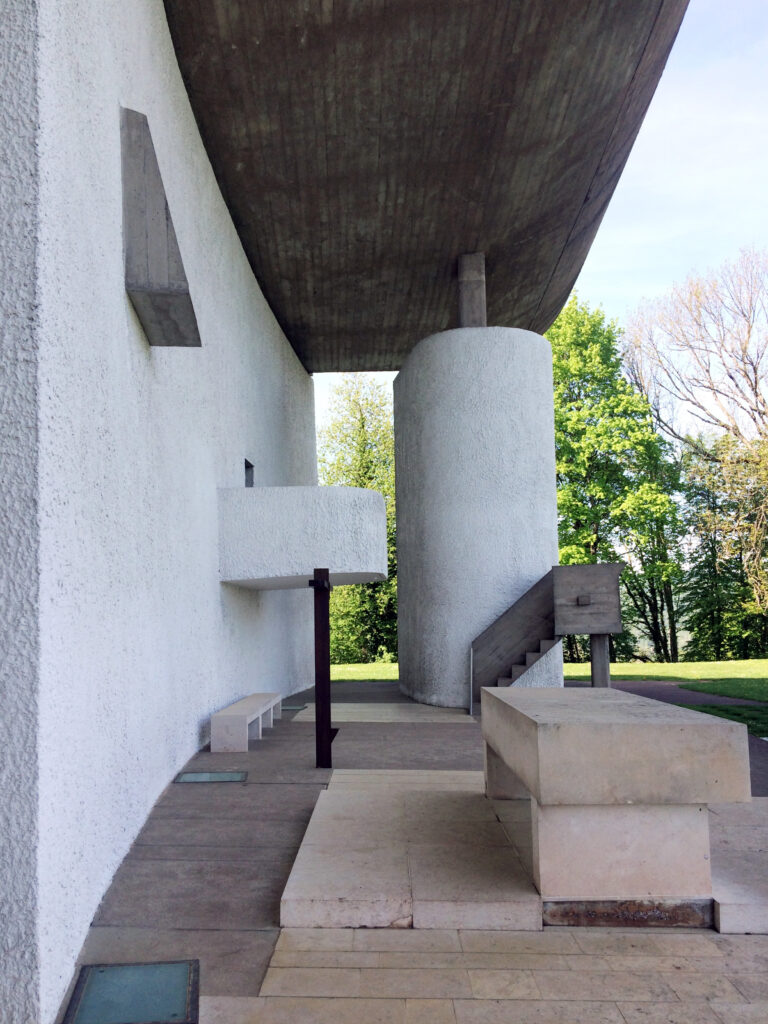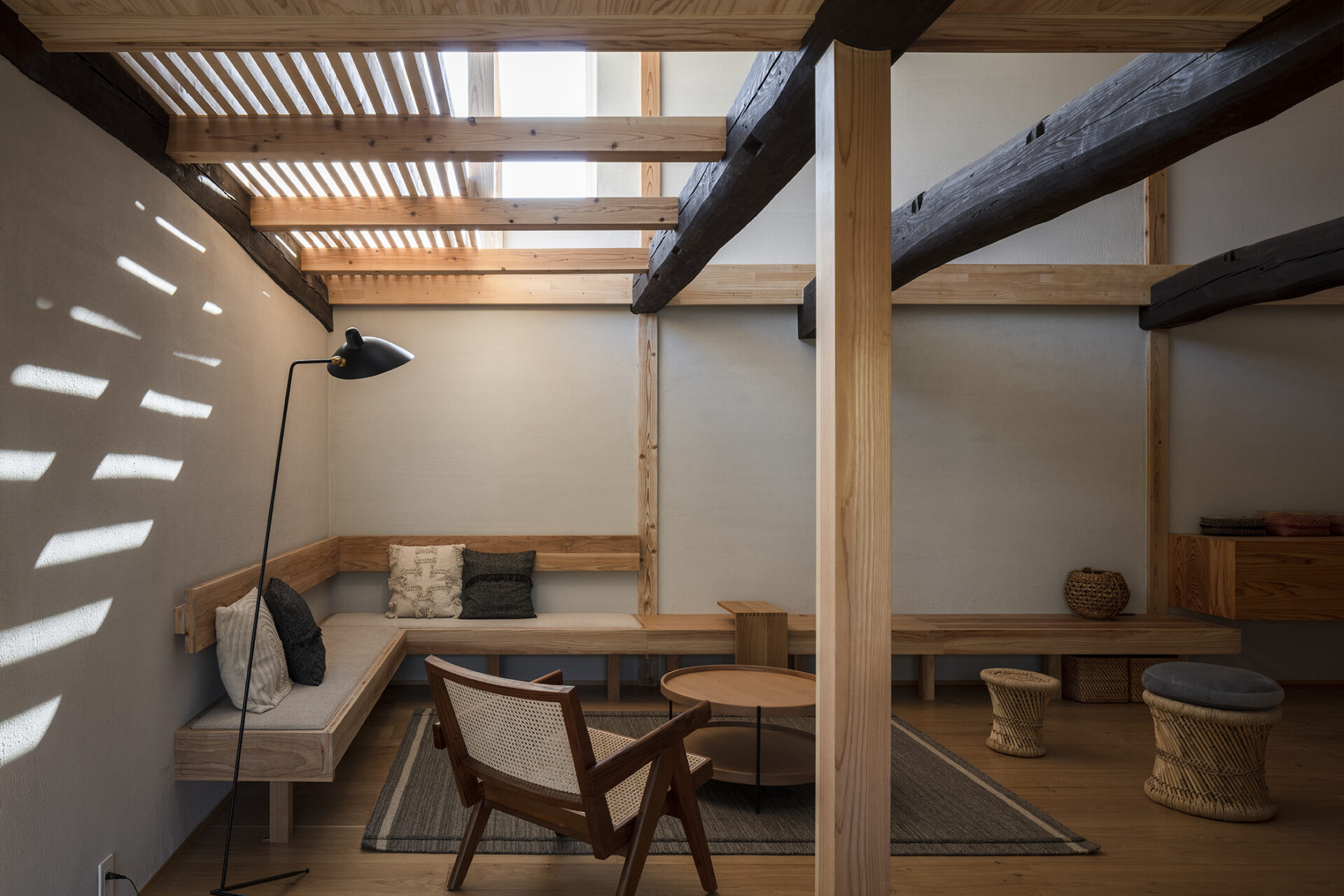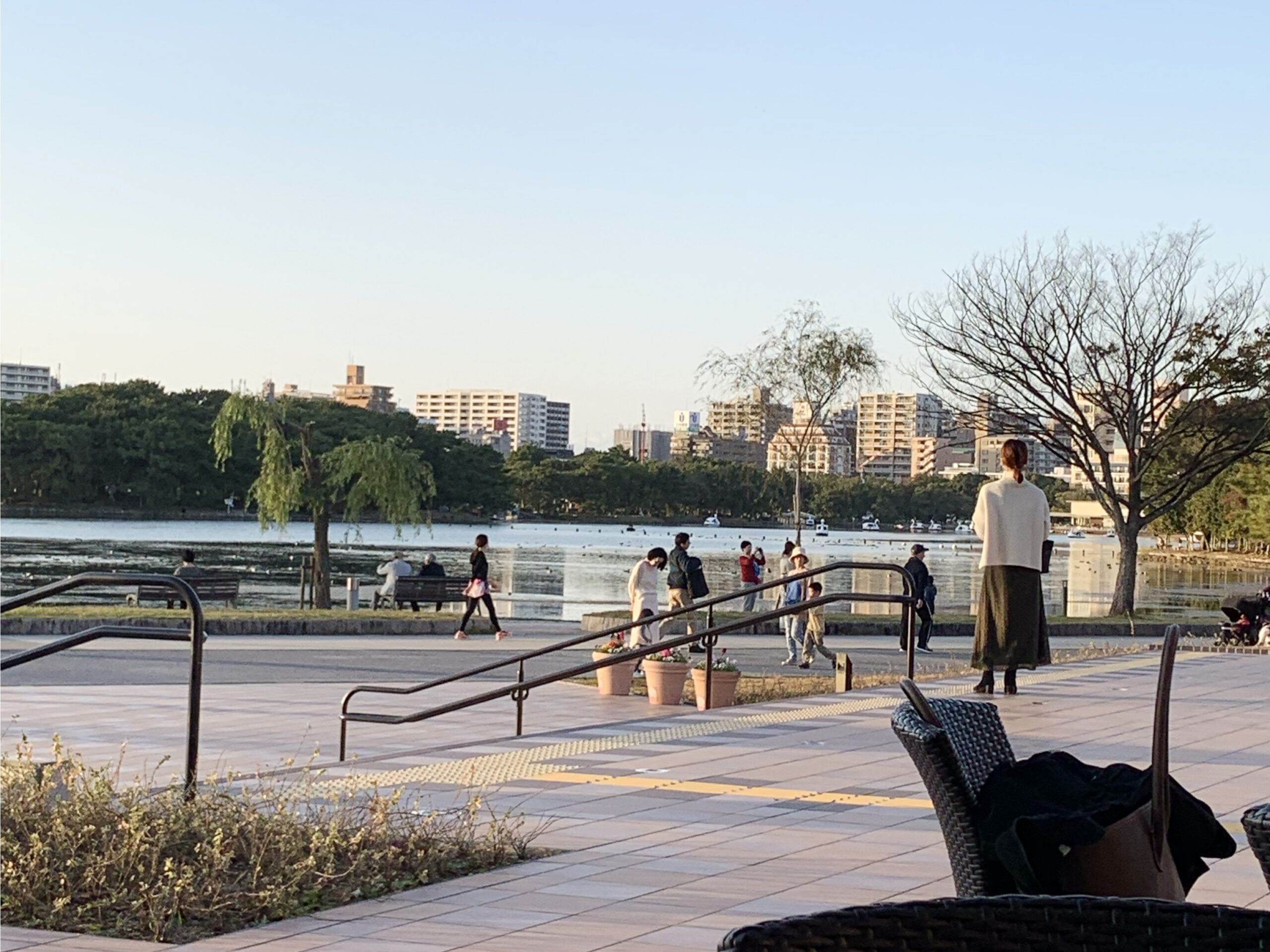What is an architect? I am often asked.
It is a name that is not generally recognized, and some of you may have never heard of it.
On the other hand, Kenchiku-Shi is a national qualification recognized by the Japanese Ministry of Land, Infrastructure, Transport and Tourism, and is generally well known. What is the difference between the two?
I have worked in countries such as Germany and Switzerland, where architect is a well-known profession.
It is such a well-known profession in EU countries, and one that is sometimes admired.
On the other hand, in Japan, architects are generally well known, but not many people can answer what an architect does.
Therefore, here we will explain the difference between an architect and an architect, including historical background and roles.

1. Kechichiku-Shi
According to the Japan Institute of Architects and Building Engineers, the profession of Kenchiku-Shi is defined as follows
An architect is a building professional who designs and supervises the construction of buildings with the qualifications stipulated in the “Architect Law.
There are three types of qualifications: first-class, second-class, and wooden, and the scope of practice is determined according to the size, use, and structure of the building. These qualifications are granted by the national or prefectural government through a national (governor) examination. – From Tokyo Society of Architects and Building Engineers
Architects are nationally licensed and are considered to be professionals in the field of architecture who design and supervise the construction of buildings.
However, in Japan, many people become licensed architects regardless of whether they are involved in design or construction supervision.
For example, many site supervisors, structural engineers, and facility engineers are also certified as architects, so the position of architects is still ambiguous, as it is not a qualification only for those who design buildings.
This is related to the origins of the architectural profession in Japan.
In the past, the design and supervision of buildings in Japan was the responsibility of carpenters and other craftsmen.
For this reason, the Japanese construction industry has traditionally followed an integrated design-build system in which the same contractor performs both design and construction (construction), and the status of the architect has not been established as a social convention.
In EU countries, design and construction are generally separated, and the integrated design-build method, in which design and construction (construction) are performed by the same contractor, is unique to Japan.
When the Building Construction Standards Law was enacted in 1950, the Architect Law was also enacted.
However, due to the historical background described above, it was not recognized as a qualification that only designers could obtain in Japan, where the integrated design-build method was common.
what is an Architect?
According to the Japan Institute of Architects (JIA)
An “architect” is defined as a professional who provides professional services related to architecture, such as architectural design, supervision, and other related work.
The definition of an architect is “a person who provides professional services related to architecture, including architectural design, supervision, and other related services.
Many people may think of architects as people who create well-designed buildings or those who have created major buildings that have left their mark on history.
However, there is no national qualification for architects. Although there is a private qualification and registered architect system presided over by the “Japan Institute of Architects,” it is not generally known, and people who are engaged in certain activities within the industry are called architects as a common term.
In contrast, in EU countries, the number and quality of architectural jobs are legally regulated, and only architects are in a position to design buildings, not just anyone.
Both the title “architect” and the right to practice as an architectural profession are legally protected, and only those who have received architectural education, earned the necessary credits, and duly completed the educational process can use the trade name.
In EU countries, construction as well as structural and equipment engineers are called engineers. The draftsman is a professional position, and is trained in an educational system that is completely separate from architectural education, and the definitions of architect, engineer (technician), and contractor are clearly differentiated.
3. Kenchiku-Shi, a qualification system unique to Japan, and architects imported from Europe
The concept of “architect” was imported to Japan after the Meiji period (1868-1912), but the existence of architects who specialized in design was not recognized in Japan, where the design-build integrated business style was widespread.
The qualification of architect, which was finally established due to strong opposition from the existing construction industry, was established as a comprehensive qualification that embraced a wide variety of occupations related to architecture, including design and construction, and the profession of architect who specializes in design was never officially recognized.
In Europe, “doctors,” “lawyers,” and “architects” have been regarded as the three most important professions since ancient times, but in Japan, the position of architects as a profession is unstable and weak compared to the professions of doctors and lawyers.
This is due to the fact that national qualifications are not as firmly linked to the profession as they are to doctors and lawyers.
In other words, the history of architects in Japan has been created by the accumulation of personal activities of famous architects under circumstances where the development of unique qualifications for architects has not been realized.
4. number of architects and Kenchiku-Shi
A characteristic of the Japanese architect system is that the architectural designer’s license and the engineer’s license are combined into one, and for this reason the number of registered architects is considered to be high.
Comparing the number of architects in Japan with those in Western countries, the number of first-class architects in Japan exceeds 370,000 as of 2022, compared to about 30,000 in the U.K. and 80,000 in the U.S. When second-class and wooden architects are included, over 1 million people are registered as qualified architects.
There are by far the largest number of licensed professionals in Japan.
Compared to other countries, the number of architects in Japan is by far the largest.
The Japan Institute of Architects (JIA) has 3,296 regular members (as of February 2023), which is considerably fewer than the number of architects in other countries.
This is due to the fact that some architects may not be members of the JIA (Japan Institute of Architects), which is not exhaustive, and the actual number is expected to be much higher.
5. traditional image of the architect
Architects originally became a select elite and also designed architecture for a certain wealthy class.
Japanese architects also had a certain role in introducing Western culture.
Since the 21st century, however, the situation for architects has changed dramatically: the IT revolution has taken over, Asian countries have become superpowers, and the world has changed.
The classical European model, in which the architect is the god of all buildings, no longer works.
In the midst of this trend, architects are finally being excluded from the world as “naive, self-assertive freaks.
Architects are now being compared to competitors such as organized design firms, general contractors, and developers, and in housing, housing manufacturers, local construction companies, renovation companies, and interior designers, and the situation is extremely severe.
6. the future of Japanese architects
In his book, “Deconstructing the Architect,” Atsushi Matsumura states that the era in which excellence in the architectural profession used to be almost synonymous with social success is over, and that architects of later generations must develop their profession while keeping abreast of the current conditions of the times.
He also suggests the possibility of “architects on the street,” who are not limited to the original work of architects, such as design and supervision, but also participate in the revitalization of vacant houses and the creation of places by operating shared houses and co-working spaces as a player themselves.
Architects are technicians with the skills to design buildings, but they also have a sense of design and knowledge of related laws, making them professionals who can handle space in a comprehensive manner.
I believe that in the future, architects will be required to utilize their professional skills, broaden the scope of their expertise, and find comprehensive solutions that no one else can come up with, rather than just sticking to individual expression or designing a beautiful exterior or form.
They will cross disciplines, maintain new solutions, and solve society’s problems. I hope that the accumulation of such efforts will create a new image of the “Japanese architect.

Related Articles
-
 NOTE
NOTE
Akiya Renovation | Attractiveness and Methods of Renovation of traditional Japan…
ArchitectureThe Importance of Renovation of traditional Japane […] -
 NOTE
NOTE
Living Lively with Work and Residence in Close Proximity | Hints for a Prosperou…
LifeI would like to write about how living in close pr […] -
 NOTE
NOTE
The Difference between an Architect and Kenchiku-Shi | Who is an Architect?
ArchitectureWhat is an architect? I am often asked. It is a na […] -
 NOTE
NOTE
What Makes a City Attractive? | What Shapes the Atmosphere of Japanese Cities
City1. Whether I want to live there depends on the tow […]




